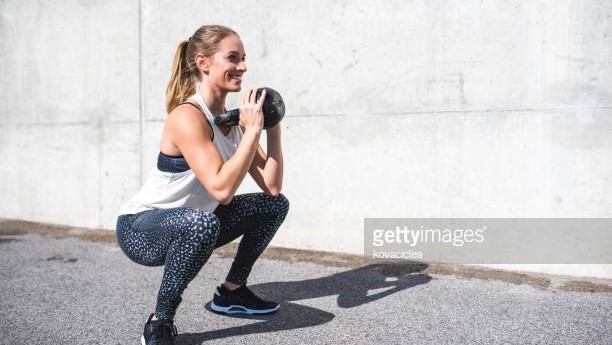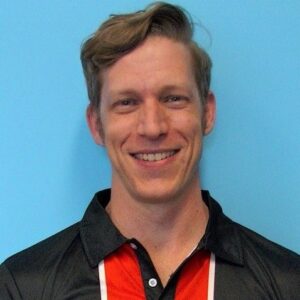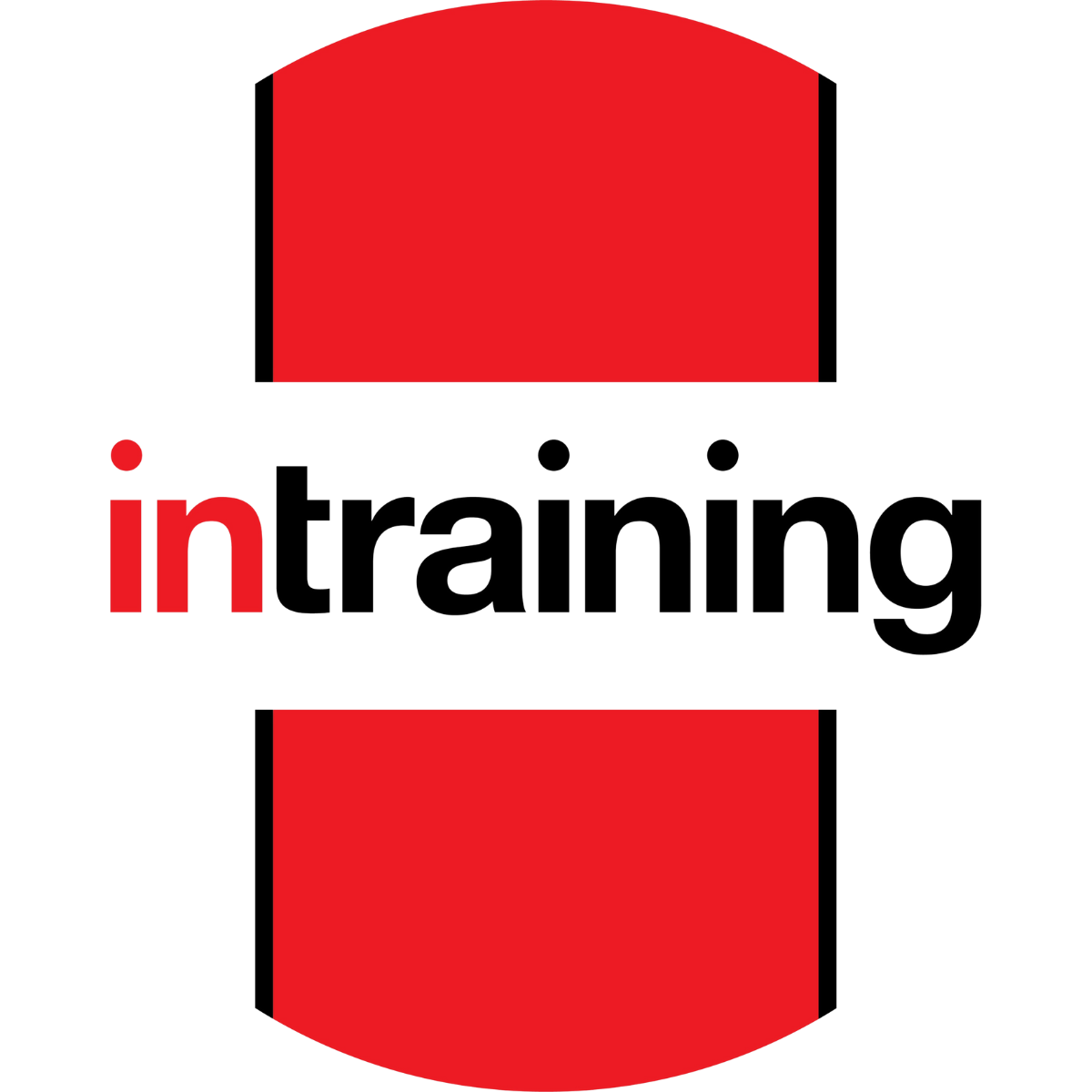New Year’s Running Resolution #1: Get stronger!

By Doug James – Physiotherapist and Podiatrist – intraining running injury clinic.
Following on from the “New Year’s Running Resolutions” article released in January, we will now take a more detailed look at each of the resolutions, starting with the first (and possibly most important) resolution – to get stronger!
Beat the heat
The start of the year is an ideal time to undertake strength training. Your running volume would likely be reduced during the hotter months of the year, and there are worse places to be than in air-conditioning when the humidity is creeping towards 100%. While a lot of runners shy away from busy gyms, the good news is that by February most gym-related resolutions have dissolved and the gym will be much quieter than it was for the first few weeks of the year.
As mentioned in the original article, using the gym to become a stronger runner can help you become more physically resilient and may reduce your risk of a host of injuries. While it’s hard to beat the convenience of doing bodyweight exercises at home, they tend not to be as effective as when you use weights. Additionally, the convenience of being able to exercise at home doesn’t always guarantee compliance – it’s been found that people will often prioritise household chores (or Netflix) over home-based rehabilitation programs whereas to a gym takes away this possibility.
Cheap as chips
Thanks to the emergence of 24-hour gyms, membership at most gyms have never been cheaper. You can pick up memberships at some clubs for as little as $10 per week, which is a great value when it could potentially save you hundreds in Physio fees later in the year by getting injured.
Strength training with weights can be effective prevention against Achilles tendinitis, as well as knee, gluteal (buttock) and hamstring tendons. Taking the time to become a strong runner in the early part of the season may help ensure you take less time off with an injury during the season – particularly around the time when you want to be running your goal events.
Another benefit of undertaking a strength program is that you may find yourself being able to run faster for longer. Studies have shown that power during the pushing off phase is one of the first things to fade as you become fatigued. Developing strong calf muscles can help to reduce the late-stage slow down during a race allowing you to power through to the finish line.
Lift while staying lean
Some runners worry that lifting weights may lead them to develop a bulky or muscular physique. This is unlikely to occur if you are undertaking endurance running a few days per week due to something called the ‘interference effect’ which limits muscles becoming too bulky. By comparison, Bodybuilders tend to do very little cardiovascular exercise and need to eat a lot of food to fuel their muscle development. A small amount of body mass gain may occur but it would likely be in the form of increased bone density and lean muscle – both of which are beneficial for your running.
You’re never too old…
The smooth and effective running technique requires strong legs and springy tendons to power you along. From the age of 40, athletes start to have a decline in running speed due to a reduction in muscle strength and tendon elasticity. Undertaking a regular strength program may help to reduce that rate in which you slow down while helping reduce the risk of muscle and tendon injuries associated with this age-related decline.
How, what, when?
Starting a new gym program can be daunting – but doesn’t need to be. Perform the following 5 exercises two to three times per week (each session should only last 30-40 minutes). The key exercises to target include squats, 2 types of calf raises, a glute strength exercise and hamstring curls. Details of these are listed below. If you are new to lifting weights, aim to do 3 sets of 12 repetitions for each of the exercises. Exercises should be performed slowly and smoothly – take 2 seconds to lower, and 2 seconds to return.
Squats: ideally use a squat rack, or better still a smith machine (where the bar is attached to a rail). The bar should sit across the top of both of your shoulders/back of your neck. Unclip the bar then lower down until your thighs are horizontal then push back up.
Straight leg calf raises: while using the squat rack/smith machine, you can also perform straight leg calf raises. With the bar across your shoulders, slowly raise and lower on to your tip toes. This is best done on one leg to avoid developing muscle strength imbalances.
Bent knee calf raises: similar to the straight leg exercise, the bent knee raise can be performed in the squat rack, however, sit on a bench and position the bar on your thigh. Raise and lower onto tip toes to work the soleus (deeper calf) muscle.
Hamstring curls: you will likely encounter one of two different hamstring curl machines – a seated version, or a prone (laying on your stomach) machine. As per other exercises, focus on slow, controlled movements using one leg at a time.
Gluteus Medius Strength: this one requires a cable machine and ankle cuff (may be hard to find). Stand side on to the cable with the cuff around the opposite side ankle. Balance on the leg closest to the machine, and move the cuffed leg away from the machine. Try to keep your torso upright while you balance on one leg.
Make the most of this running season by becoming stronger. If you’ve been wanting to start a strength program and have been unsure of how to do so, start with the exercises listed above. If you have further questions or would like your technique checked, contact the intraining running injury clinic for an appointment.
BOOK an appointment here!

Doug James is intraining’s Physiotherapist and podiatrist. He is a qualified physiotherapist and podiatrist with a special interest in running and sports injuries. He combines the two treatment approaches to achieve successful outcomes for clients of all abilities from non-athletes through to elite athletes. Bachelor of Podiatry (Honours), Master of Physiotherapy Studies. Doug has undertaken further training in dry needling, Pilates, and Rocktape and may incorporate these as necessary during treatment. Doug is also a keen runner having completed the New York Marathon.
